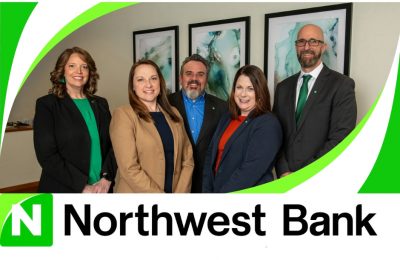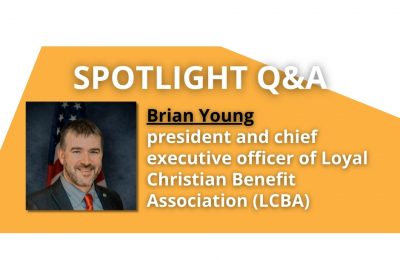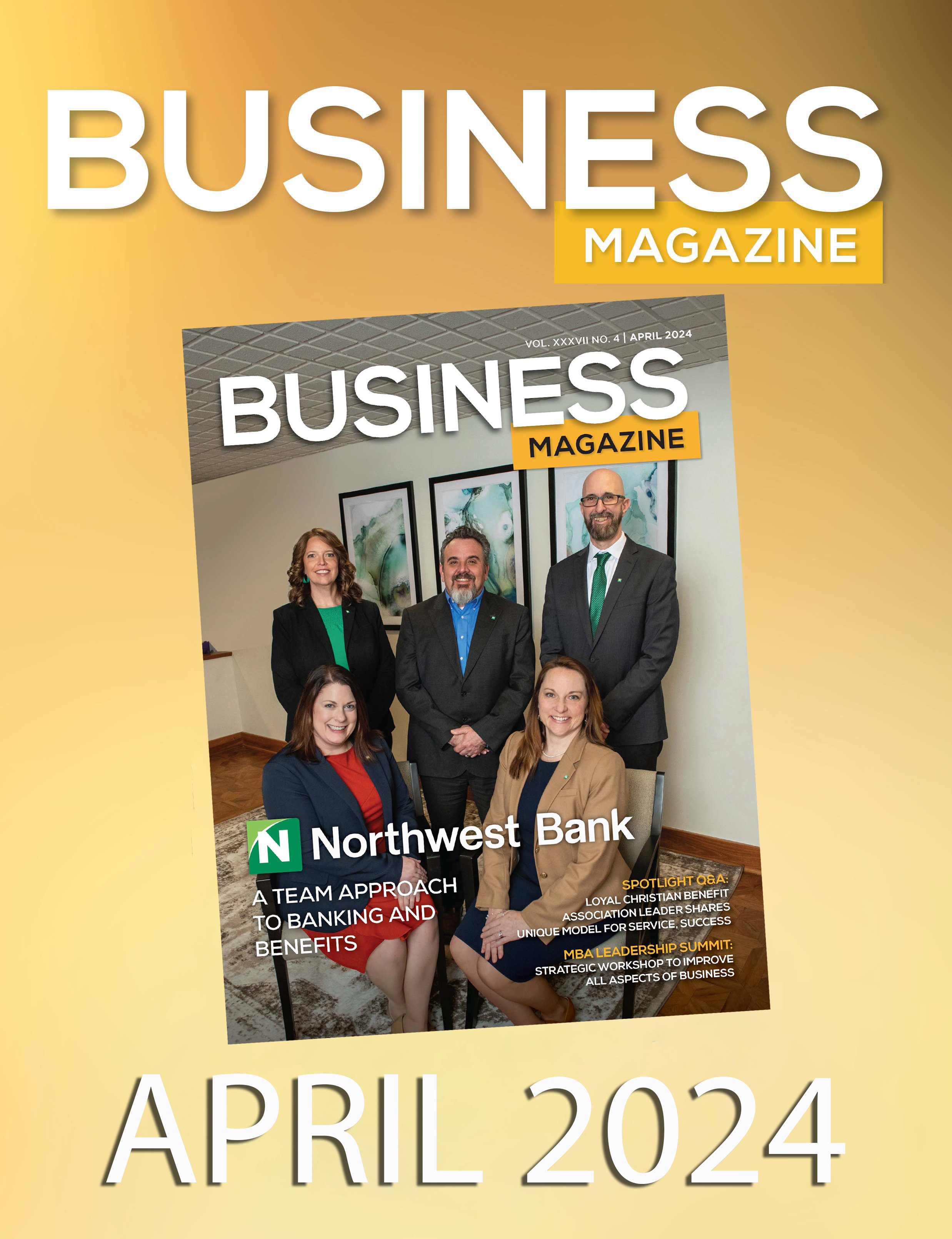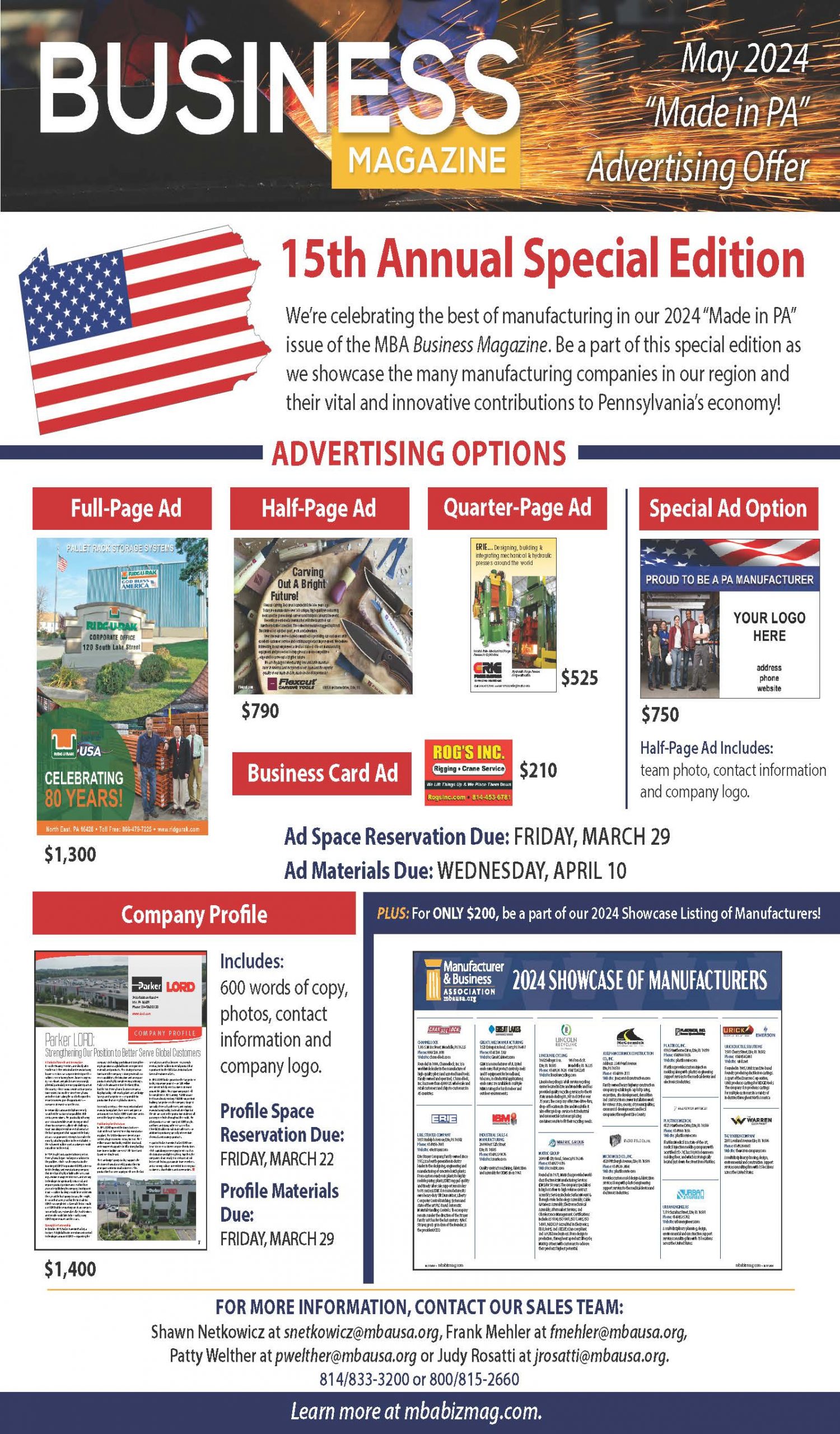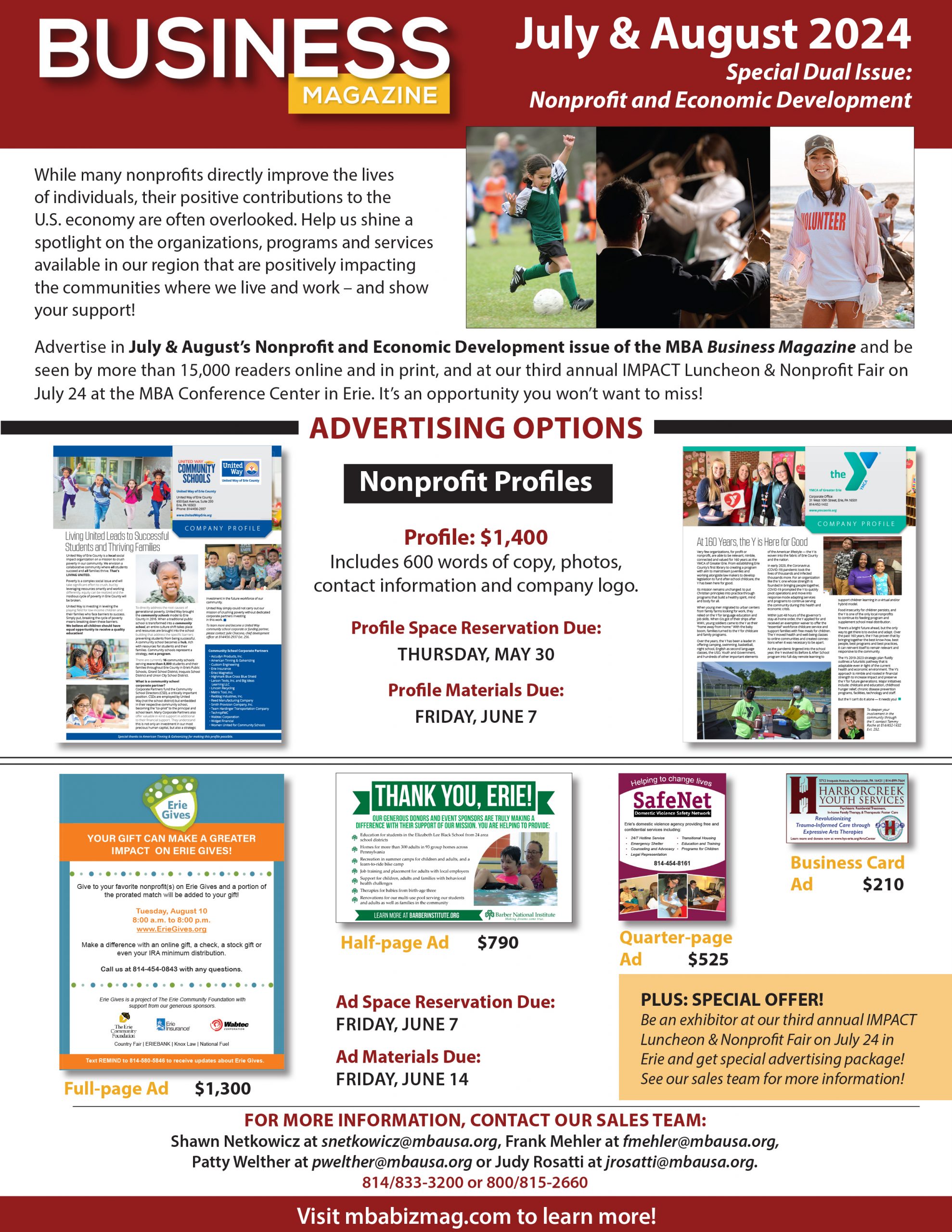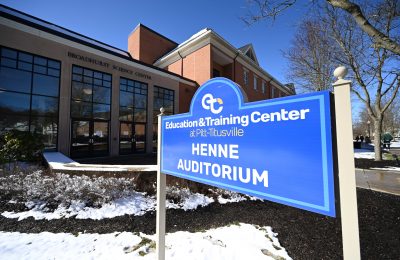You don’t need a crystal ball to see it, but America’s economy has been expanding at modest annual rates since the last recession ended in mid-2009. Yet experts say the modest recovery doesn’t highlight the strong labor market, which has created 2 million-plus jobs per year since 2010. Is the glass half full or half empty for the year ahead? Experts are weighing in.
According to research conducted by the National Association for Business Economics (NABE), economic growth will continue in 2020, but the rate of growth will slow to below 2 percent.
“NABE Outlook Survey panelists believe the U.S. economy will continue to expand into 2020, but they anticipate GDP growth will fall below 2 percent next year for the first time since 2016,” said NABE President Constance Hunter, chief economist at KPMG. “The consensus forecast calls for real GDP growth to slow from 2.9 percent in 2018 to 2.3 percent in 2019, and then to 1.8 percent in 2020.”
“The rise in protectionism, pervasive trade policy uncertainty and slower global growth are considered key downside risks to U.S. economic activity,” added Survey Chair Gregory Daco, chief U.S. economist, Oxford Economics.
Odds of a recession remain generally low for the next 12 months, but increase in late 2020, according to the report.
In fact, additional research shows that owners and executives of small and midsize businesses have high levels of confidence about the economy and do not expect a recession before the end of this year, though they’re a little less upbeat to a survey from PNC Financial Services Group Inc.
In a summary of its PNC Economic Outlook survey, the Pittsburgh-based company reported that 55 percent of respondents describe their outlook for their own business as optimistic, up from 51 percent in the survey in fall 2018. The latest figure is near the spring 2018 record high of 58 percent for the survey, which PNC has conducted for 16 years.
Additionally, nearly two-thirds (63 percent) of small and midsize business owners and executives said they expect their own company’s sales to increase, about the same as fall 2018 (64 percent), but down from 69 percent in spring 2018. Slightly more than half (52 percent) said they expect their profits to increase; in fall 2018, that figure was 59 percent.
Among other survey findings: Thirty-three percent of small and midsize business leaders “plan to increase the number of full- time employees within the next six months, tying the survey record high from spring 2005, while those expecting to reduce the number of full-time employees remains at 3 percent, near the survey low (2 percent spring and fall 2018),” PNC reported. Nearly half (47 percent) — a record high for the survey — “say it’s harder to find qualified employees than it was six months to a year ago, with 54 percent reporting increased wages/salaries, up from 44 percent in fall 2018,” according to PNC.
In this edition of the Business Magazine, we’ll hear from Ken Louie, Ph.D., director of the Economic Research Institute of Erie (ERIE) as he takes a closer look at the economic outlook for the U.S. and regional economies. We’ll also showcase companies, such as HBKS Wealth Advisors, which are experiencing growth within their industries as they look forward to 2020 and beyond.
Also, be sure to get a jump-start on your professional development plans with the MBA’s new Training Catalog included in this month’s edition. Here, at the MBA, we wish you all the best for a happy and healthy holiday season!



